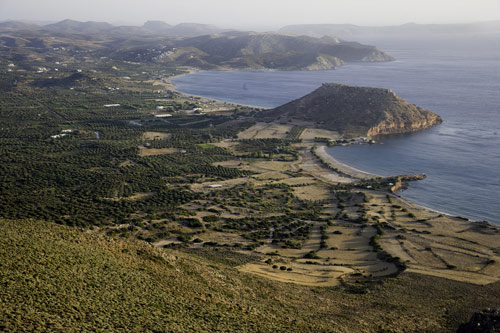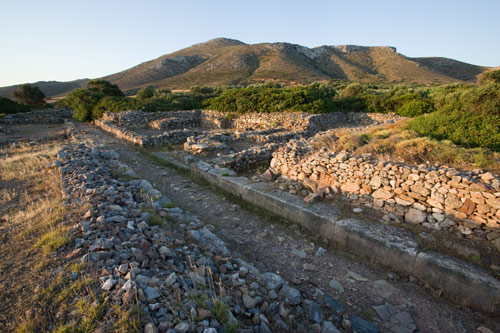 Traveling Exhibitions
Traveling Exhibitions Traveling Works of Art
Traveling Works of Art Conservation Projects
Conservation Projects Excavations
Excavations Fellows
Fellows Exchanges & Collaborations
Exchanges & Collaborations Multiple Items
Multiple Items
The Met Around the World presents the Met’s work via the global scope of its collection and as it extends across the nation and the world through a variety of domestic and international initiatives and programs, including exhibitions, excavations, fellowships, professional exchanges, conservation projects, and traveling works of art.
The Met Around the World is designed and maintained by the Office of the Director.
Traveling
Exhibitions
The Met organizes large and small exhibitions that travel beyond the Museum's walls, extending our scholarship to institutions across the world. See our national and international traveling exhibition program from 2009 to the present.
Traveling
Works of Art
The Met lends works of art to exhibitions and institutions worldwide to expose its collection to the broadest possible audience. See our current national and international loans program.
Conservation
Projects
The preservation of works of art is a fundamental part of the Met's mission. Our work in this area includes treating works of art from other collections. See our national and international conservation activities from 2009 to the present.
Excavations
The Met has conducted excavations for over 100 years in direct partnership with source countries at some of the most important archaeological sites in the world. Today we continue this tradition in order to gain greater understanding of our ancient collections. See our national and international excavation program from the Met's founding to the present.
Fellows
The Met hosts students, scholars, and museum professionals so that they can learn from our staff and pursue independent research in the context of the Met's exceptional resources and facilities. See the activities of our current national and international fellows.
Exchanges & Collaborations
The Met's work takes many forms, from participation in exchange programs at partnering institutions and worldwide symposia to advising on a range of museum issues. These activities contribute to our commitment to advancing the work of the larger, global community of art museums. See our national and international exchange program and other collaborations from 2009 to the present.
 Building 4 and Building 5 (with modern roof) of the new excavations at Palaikastro, Petsophas in the background. Photograph by Bruce Schwarz.
Building 4 and Building 5 (with modern roof) of the new excavations at Palaikastro, Petsophas in the background. Photograph by Bruce Schwarz. View of the excavation from the peak sanctuary at the top of Mount Petsophas. Photograph by Bruce Schwarz.
View of the excavation from the peak sanctuary at the top of Mount Petsophas. Photograph by Bruce Schwarz. Main street bordered by Minoan houses of the 1902–1905 excavations and Area 6 from the new excavations at Palaikastro. Photograph by Bruce Schwarz.
Main street bordered by Minoan houses of the 1902–1905 excavations and Area 6 from the new excavations at Palaikastro. Photograph by Bruce Schwarz.
[active] Greece
1902–1906, 1962–1963, 1972, 1978, 1983–present
The Palaikastro excavations operate under the auspices of the British School at Athens with the permission of the Greek Ministry of Culture. The British School began excavations at Palaikastro in the early twentieth century, with a five-year campaign between 1902 and 1906, and returned in the 1960s. A subsequent campaign of survey and excavation between 1983 and 2003 yielded a wealth of information about the site that is the subject of current ongoing study for publication. The directors of the excavation are Carl Knappett, J. Alexander MacGillivray, and L. Hugh Sackett. A Metropolitan Museum curator in the Department of Greek and Roman Art is a senior member of the international research team and has been involved in the excavation and study of the site since 1988.
This project has been funded by the British School at Athens with support from the Institute for Aegean Prehistory and other donors.
Made possible since 1983 by The Adelaide and Milton de Groot Fund, in memory of the de Groot and Hawley Families.


